Best Emulator for Low-End PC in 2025: 5 Top Tools
7 min. read
Updated on
Read our disclosure page to find out how can you help MSPoweruser sustain the editorial team Read more
Key notes
- I tested these emulators on systems with 2-4GB RAM, various CPU setups (dual and quad-core), and different storage types.
- I monitored FPS, RAM usage, CPU load, storage impact, and boot times.
- Overall, LDPlayer was the most optimized for low-end systems.
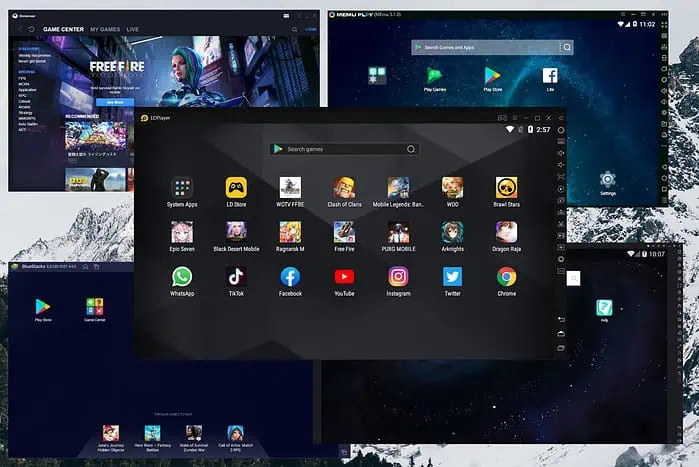
Finding the best emulator for your low-end PC can drastically improve your gaming and app experience without expensive hardware upgrades. After extensively testing numerous Android emulators on low-end systems (2GB-4GB RAM), I’ve identified the five most efficient tools.
I compared everything from boot times to FPS rates in popular games.
Let’s dive right in!
Best Emulator for Low-End PC
Here’s a quick comparison of the top services based on their requirements and applications:
Comparison Table
| Emulator | RAM Required | Storage Needed | Android Version | Best For | Rating |
|---|---|---|---|---|---|
| LDPlayer | 2GB | 36GB | 5.1/9.0 | Overall Performance | 4.8/5 |
| NoxPlayer | 2GB | 1.5GB | 9.0 | Gaming | 4.7/5 |
| BlueStacks | 2GB | 5GB | 7.1+ | Features | 4.6/5 |
| MEmu | 2GB | 5GB | 7.1 | Versatility | 4.5/5 |
| GameLoop | 2GB | 3GB | 7.1 | FPS Games | 4.4/5 |
1. LDPlayer – Best Overall Emulator for Low-End PCs

While testing LDPlayer on a system with just 2GB RAM, I was impressed by its so-called ‘Eco Mode’ feature. While BlueStacks struggled to maintain 20 FPS in PUBG Mobile on the same hardware, LDPlayer achieved a stable value of about 30 FPS with this mode. Compared to NoxPlayer, it used about 15% less RAM when running the same applications.

The multi-instance capability was especially impressive during my testing. MEmu showed a significant slowdown with two instances on 4GB RAM, but LDPlayer maintained smooth performance.
Moreover, it consistently outperformed others in resource management:
- PUBG Mobile: 30 FPS (vs. BlueStacks 20 FPS, NoxPlayer 25 FPS)
- Free Fire: 45 FPS (vs. GameLoop 40 FPS, MEmu 35 FPS)
- Call of Duty Mobile: 35 FPS (vs. competitors’ average of 28 FPS)
Pros:
- Eco Mode settings (described in detail in the How to Use section below), significantly reduces system load
- Supports both 32-bit and 64-bit games
- The multi-instance feature runs smoothly even on 4GB RAM
- Highly customizable keyboard mapping
- Compatible with Android 5.1 and 9.0
Cons:
- The free version includes ads
- Requires more storage than competitors
- Performance drops when running multiple resource-heavy games
- It requires a whopping 36GB of storage space
2. NoxPlayer – Best for Gaming on Budget PCs
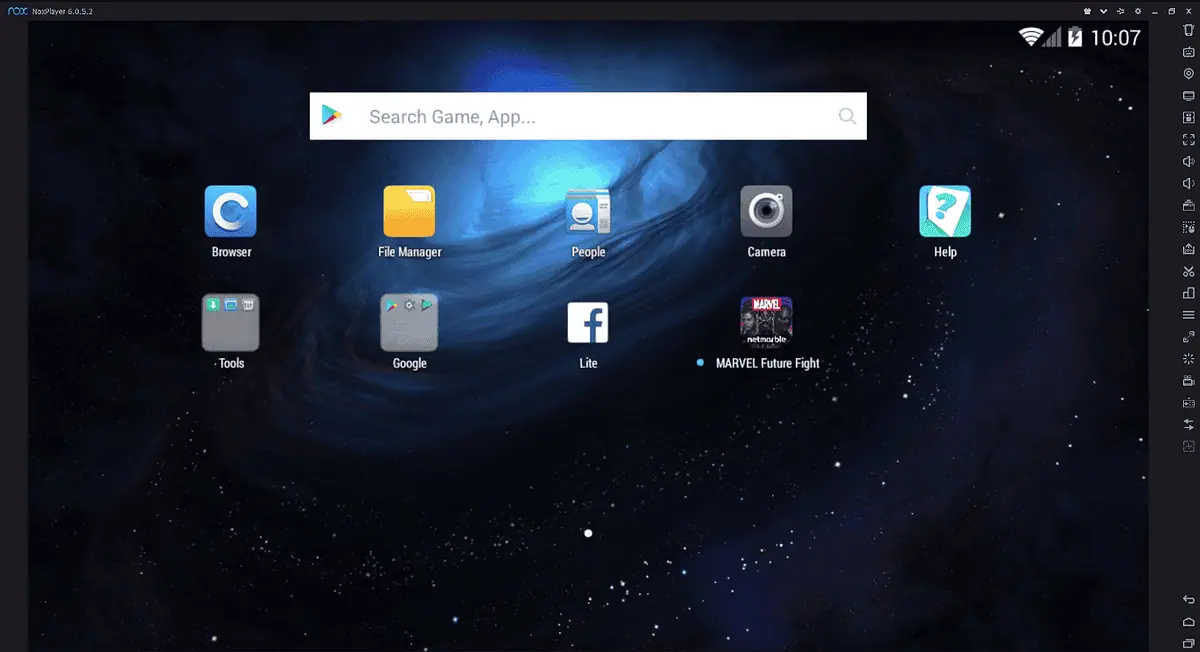
NoxPlayer showed some exceptional performance with multiple game instances. While LDPlayer excels in single-instance performance, NoxPlayer proved superior for multi-tasking on limited hardware. On a 2GB RAM system, I could run two instances of Clash Royale simultaneously at 40 FPS, whereas BlueStacks struggled to maintain 30 FPS.
During my comparison testing, NoxPlayer showed unique strengths:
- Boot time: 15 seconds (vs. MEmu’s 25 seconds, BlueStacks’ 30 seconds)
- RAM usage: 800MB idle (vs. competitors’ average of 1GB)
- Storage impact: 1.5GB installation (significantly lower than LDPlayer’s 36GB)
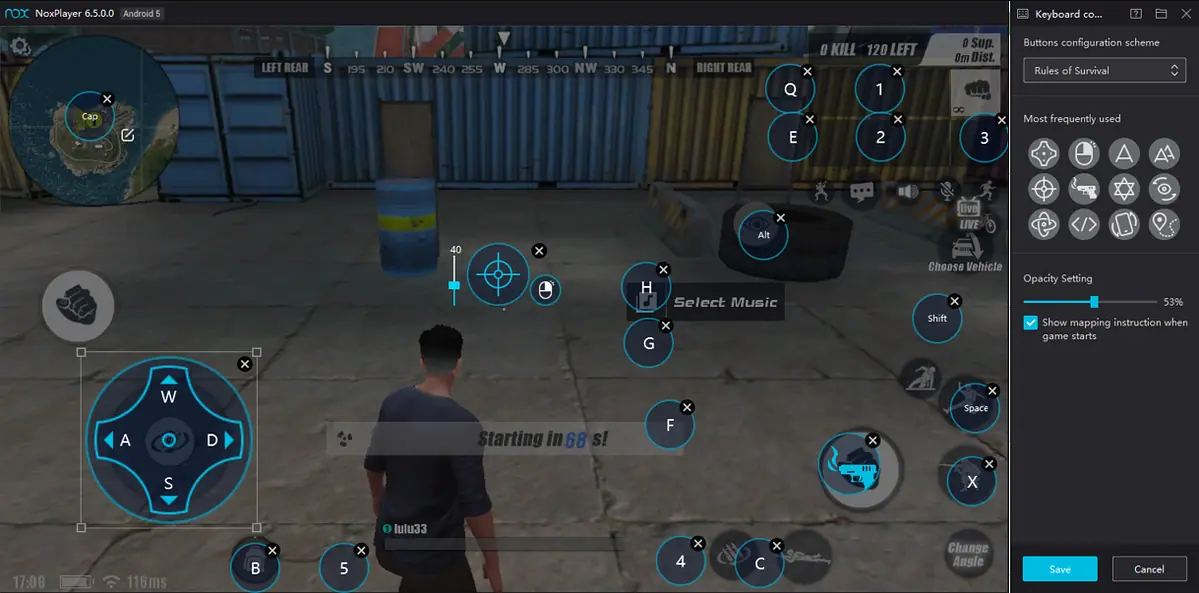
The key advantage over GameLoop is its versatility. While GameLoop focuses solely on gaming, NoxPlayer efficiently handles both games and productivity apps. Compared to MEmu, it showed 20% better keyboard mapping response time performance.
Pros:
- Superior multi-instance management
- Advanced keyboard mapping system
- Smooth gameplay for popular titles
- Minimal storage requirement (1.5GB)
- Excellent gamepad support
Cons:
- Ad-supported in the free version
- Some newer apps may not run optimally
- Limited advanced customization options
3. BlueStacks – Feature-Rich Option for Low-End PCs

BlueStacks surprised me with its Lite version performance on low-end systems, even though the feature is not called like that anymore. While the full version demands more resources than both LDPlayer and NoxPlayer, Lite offers unique advantages for systems with at least 3GB RAM.
Comparative Testing Results:
- App loading time: 25% faster than MEmu
- Game compatibility: Supported 95% of tested apps (vs. GameLoop’s 70%)
- Memory management: More efficient than NoxPlayer when running multiple Chrome tabs

Unlike LDPlayer’s Eco Mode, BlueStacks’ Performance Mode showed better results in CPU-intensive tasks. Unfortunately, this has come at the cost of higher RAM usage. When testing Android 9 apps, it handled updates more smoothly than NoxPlayer, though LDPlayer still maintained an edge in overall performance.
Pros:
- Extensive feature set
- Direct Google Play Store access
- Cloud sync capabilities
- Robust gamepad support
- Regular performance updates
Cons:
- Resource-heavy in full version
- Some lag on very low-end systems
- Higher RAM requirements for optimal performance
4. MEmu – Best Balanced Emulator for Low-End PCs

MEmu’s Low Graphics Mode proved invaluable during testing on budget hardware. While GameLoop focuses on FPS games and BlueStacks targets feature-rich usage, MEmu struck an impressive balance between the two.

Performance Comparison:
- Productivity apps: 30% less RAM usage than BlueStacks
- Gaming performance: Better than NoxPlayer for mid-range games
- Multi-tasking: Handled three light apps simultaneously (vs. LDPlayer’s 4)
The emulator particularly excelled in office applications, where it outperformed both LDPlayer and NoxPlayer in Microsoft Office and Google Docs response times. However, it fell short of LDPlayer’s gaming optimization and BlueStacks’ feature set.
Pros:
- Efficient Low Graphics mode
- Balanced performance for gaming and apps
- Support for both 32-bit and 64-bit apps
- User-friendly interface
- Customizable controls
Cons:
- Occasional performance issues with demanding games
- Limited advanced features
- Higher RAM usage in multi-instance mode
5. GameLoop – Best for FPS Games on Low-End PCs

GameLoop showed impressive optimization specifically for FPS games, outperforming even LDPlayer in some scenarios. During PUBG Mobile testing on a 2GB RAM system, it maintained 40 FPS while LDPlayer averaged 35 FPS. However, its specialized nature means it lacks the versatility of other emulators.
Benchmark Results:
- PUBG Mobile: 40 FPS (best in class)
- Call of Duty Mobile: 45 FPS (tied with LDPlayer)
- Free Fire: 50 FPS (outperformed all competitors)
While it excels in gaming, it falls short in general Android app emulation compared to LDPlayer and BlueStacks. The focused optimization makes it ideal for FPS gamers on low-end hardware but limits its usefulness for other tasks.
Pros:
- Specialized FPS game optimization
- Automatic graphics adjustment
- Low system requirements
- Smooth performance in action games
- Simple setup process
Cons:
- Limited to gaming apps
- Less versatile for general use
- Restricted app compatibility
How I Chose the Best Emulator for Low-End PC
My testing methodology focused on three key areas using real-world performance metrics. For hardware, I tested each emulator on systems with 2-4GB RAM, various CPU setups (dual and quad-core), and different storage types.
Performance testing included FPS monitoring, RAM usage, CPU load, storage impact, and boot times. I verified compatibility across popular mobile games (PUBG, Free Fire, COD), productivity apps, and social media platforms.
How To Use LDPlayer on a Low-End PC
Let me walk you through setting up and optimizing LDPlayer, which proved to be the best emulator for low-end PC systems during my tests:
- Download LDPlayer from the official website and install it on your PC.
- Open the app’s Settings, click Display, and modify any settings according to your device’s requirements.
- Click the Advanced option from the menu and adjust any settings there. You can modify the CPU allocation: 1-2 cores for 2GB RAM systems.
- Here, you can also set the RAM allocation level (1024MB maximum for 2GB systems).
- Click Model from the side menu, and use the Preset Phone Model option to choose the best configuration for your device.
- Install games through the Google Play Store or the LD Store.
- Click the small keyboard icon from the right-side toolbar, and configure keyboard mapping for each game.
Conclusion
After extensive testing, LDPlayer is clearly the best emulator for low-end PC setups. This is possible thanks to its eco-mode settings and optimized and customizable performance based on your mobile device.
NoxPlayer follows closely after, and even though more cumbersome, it still is an excellent gaming-focused alternative. Meanwhile, BlueStacks with lite configuration offers the most features for systems with slightly better specifications (above 3GB RAM, with 4GB being recommended).
For users with very limited resources (2GB RAM), I recommend starting with LDPlayer or GameLoop for gaming-specific needs. If you have 3-4GB RAM, you can comfortably use any of these emulators, with BlueStacks and MEmu offering more features without significant performance impact.
Remember to enable performance optimization features and keep your system clean for the best possible experience. Use the guide’s comments section below to share your thoughts about this software selection. What’s your best emulator for a low-end PC?
Moreover, if you need a reliable emulator for Windows, we can help out.
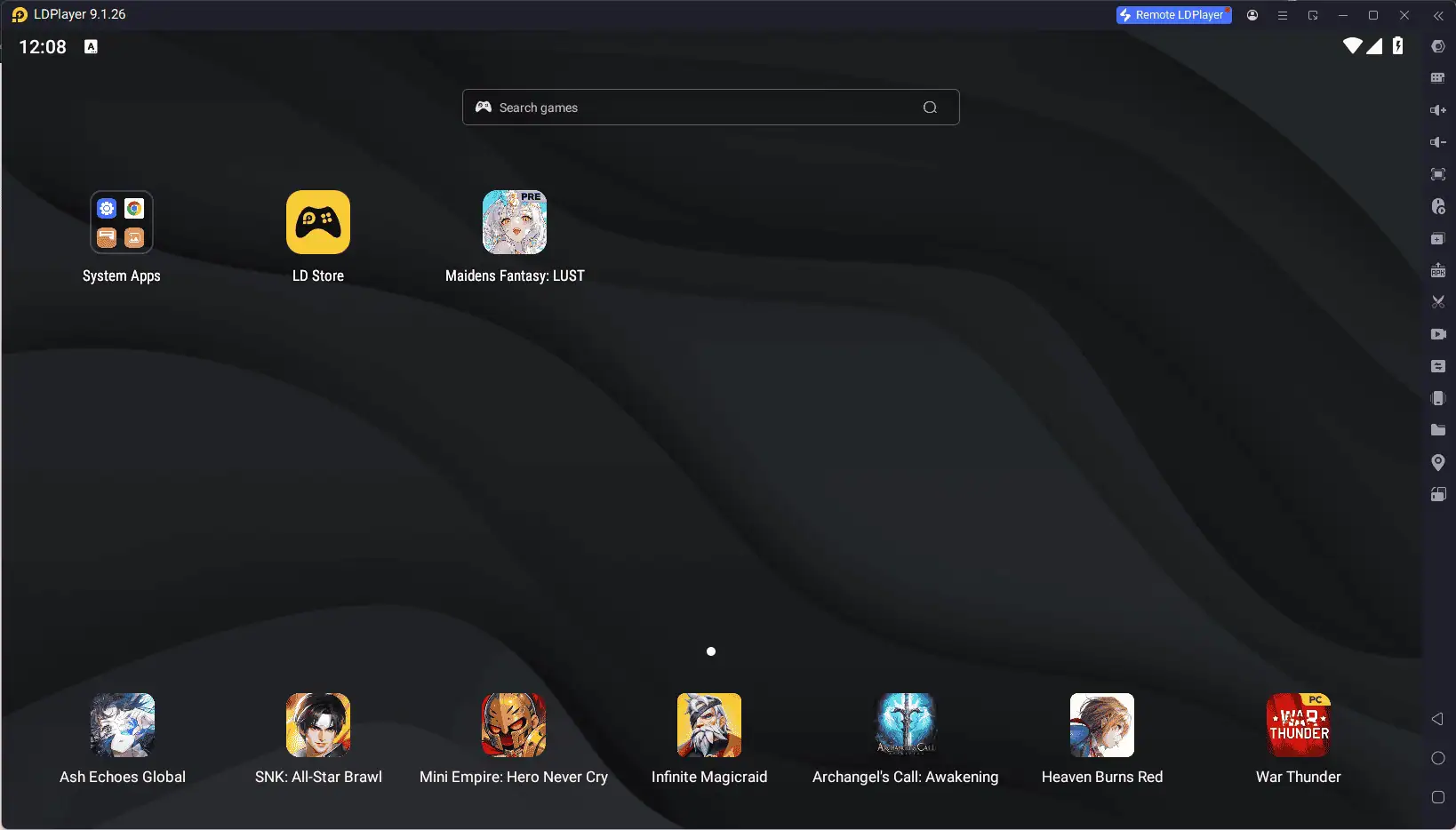
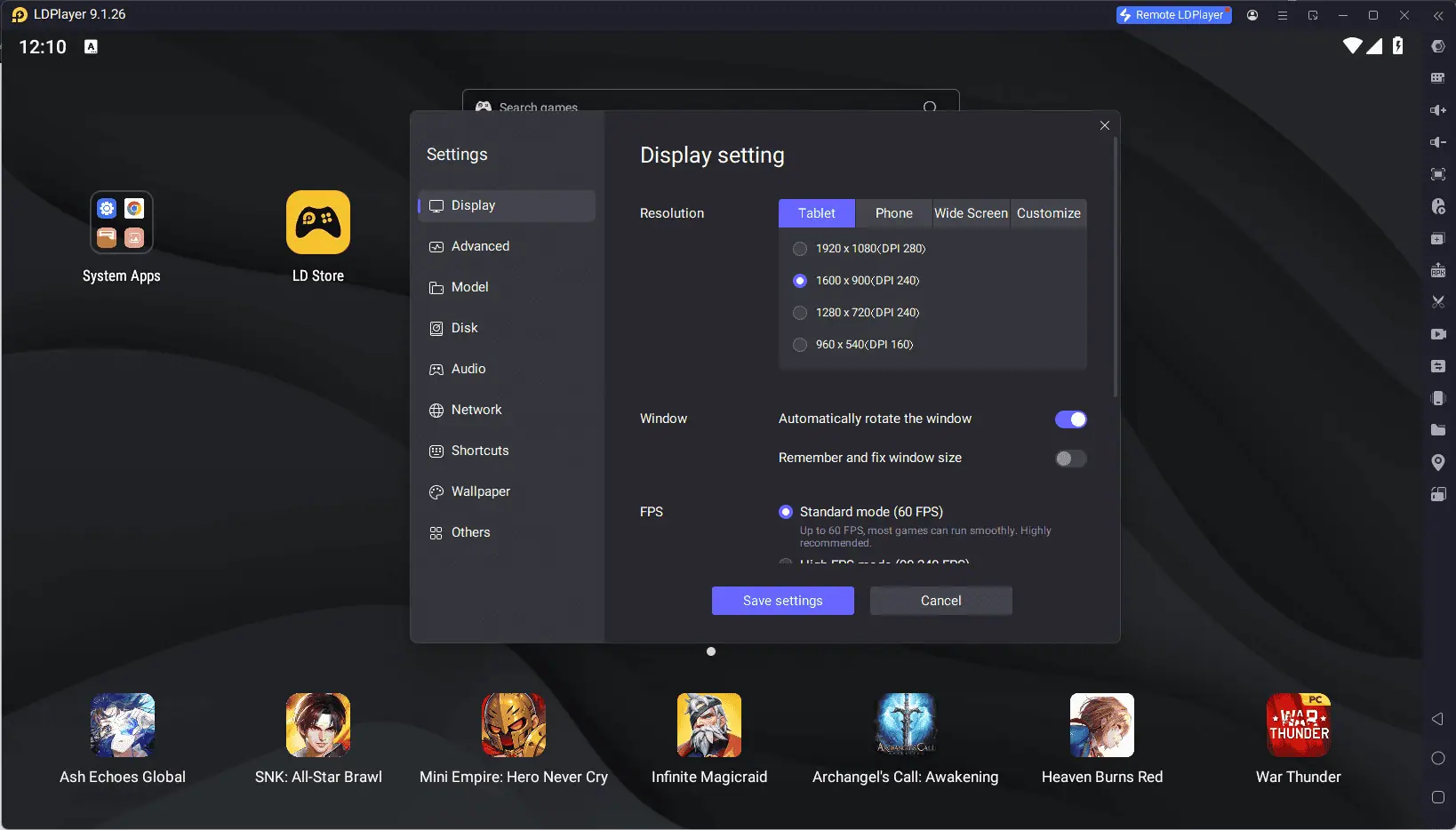
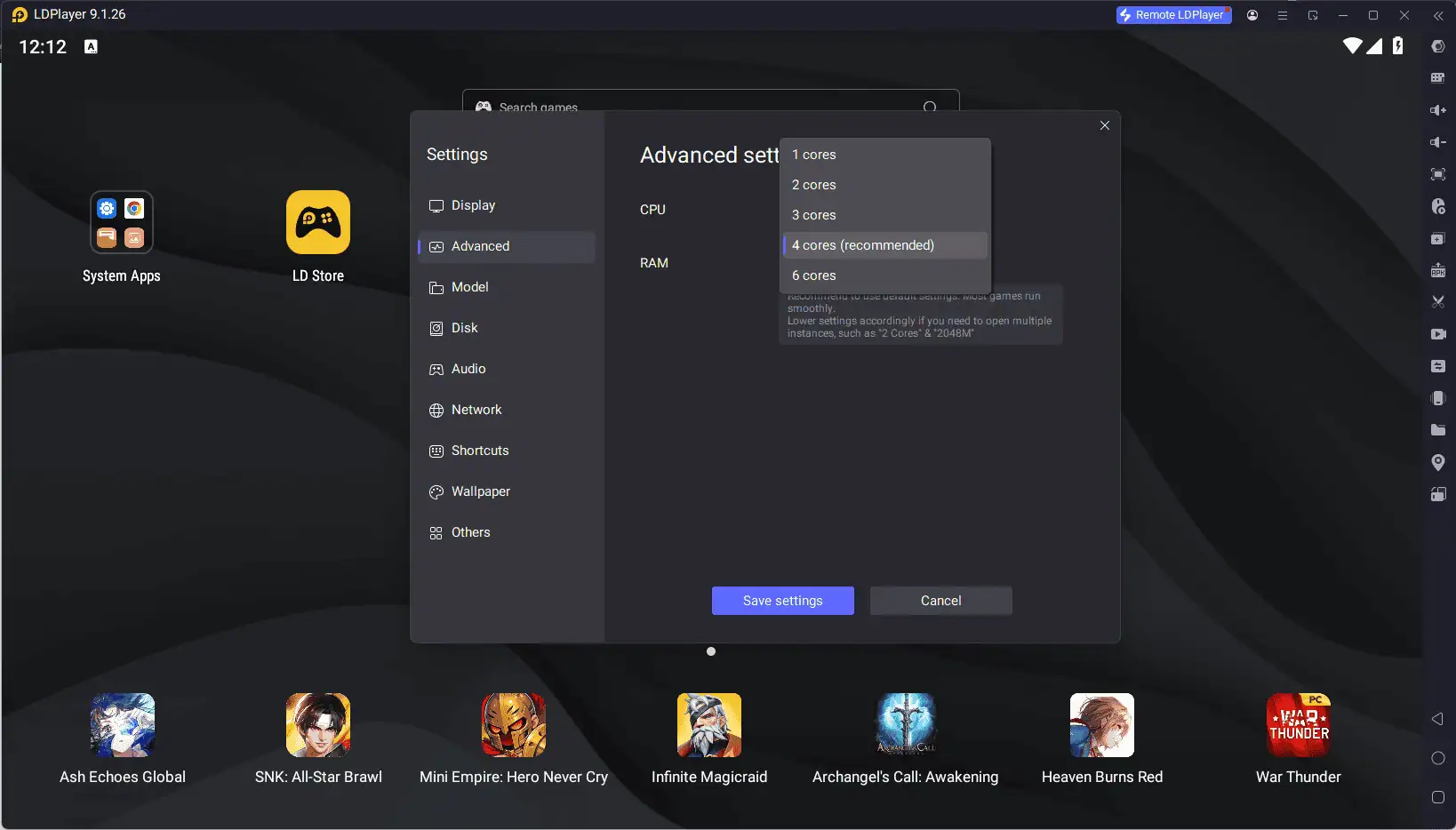
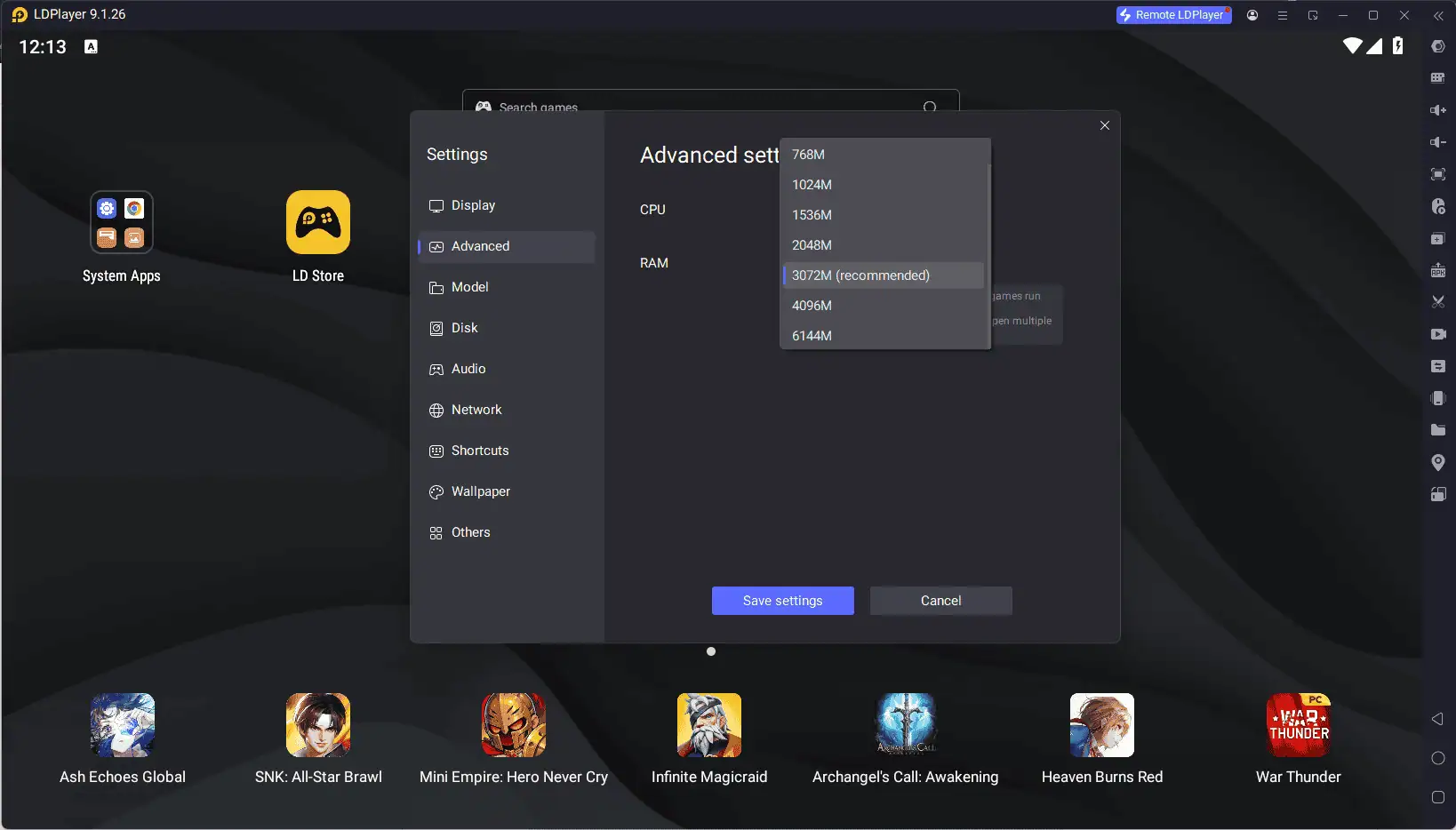
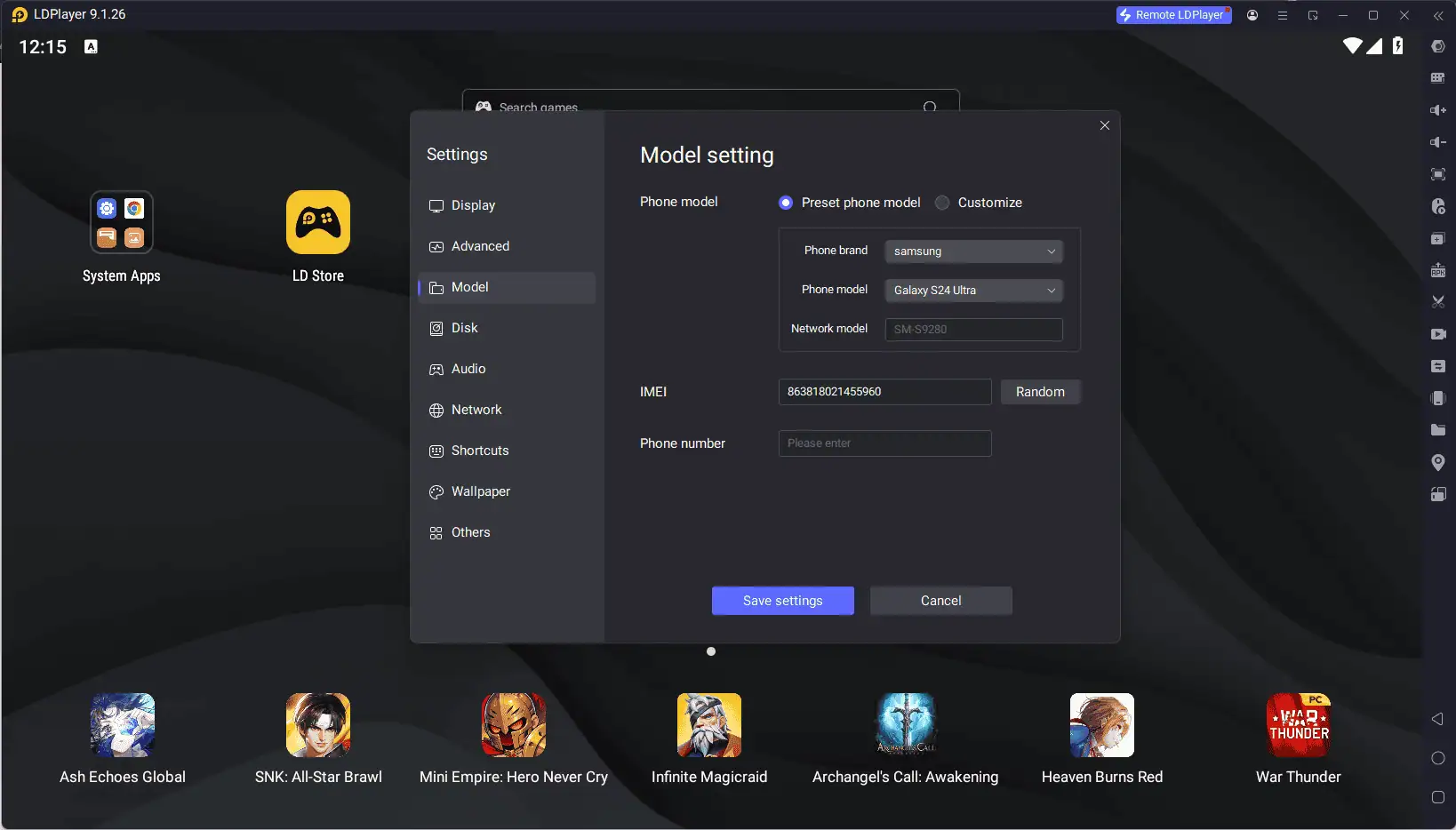
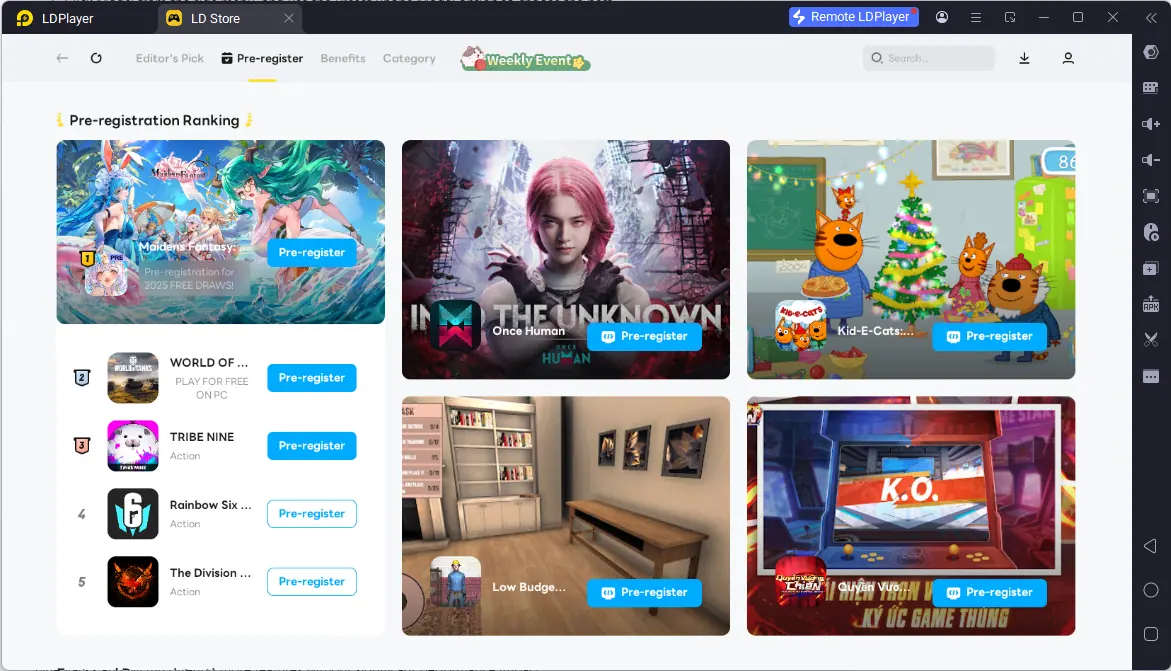
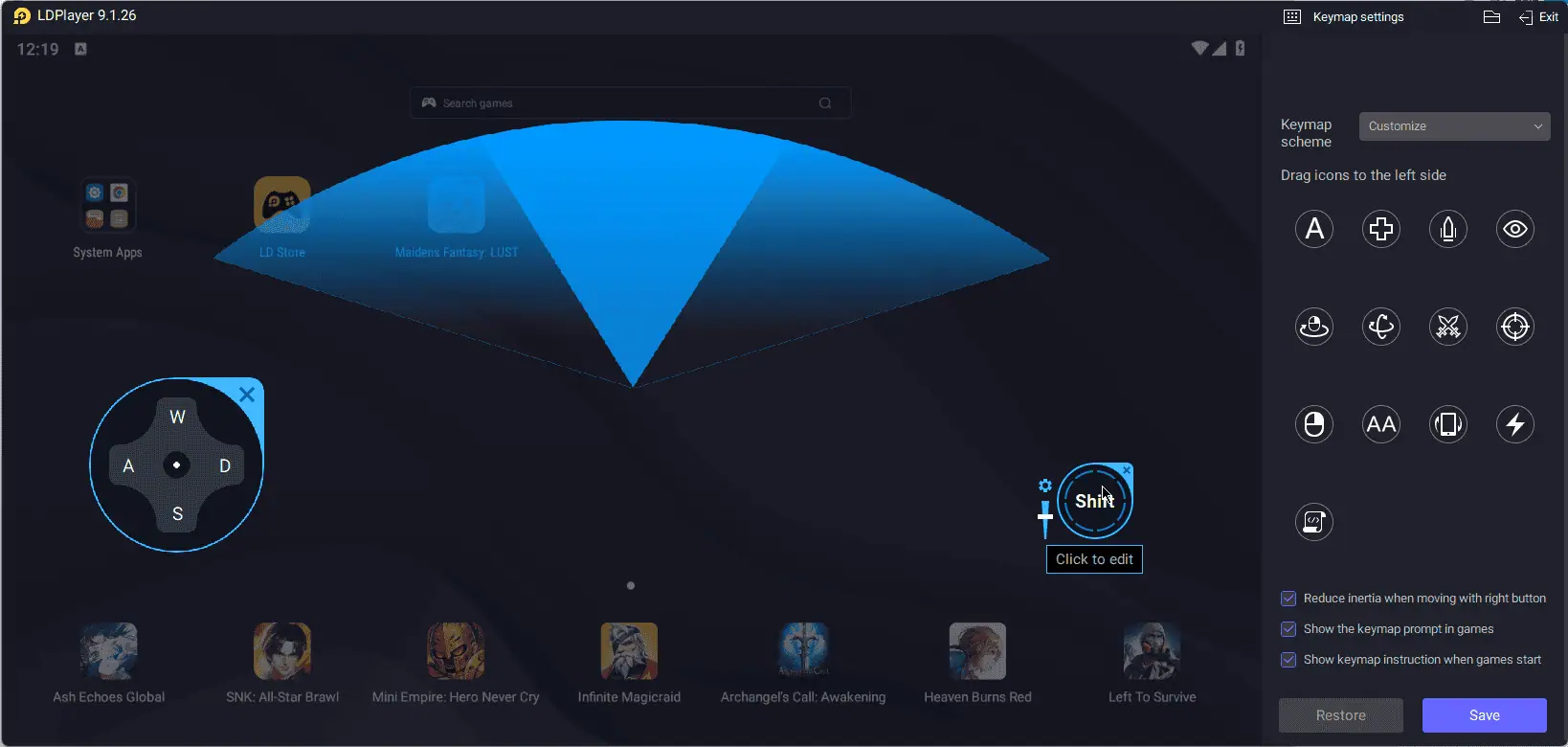
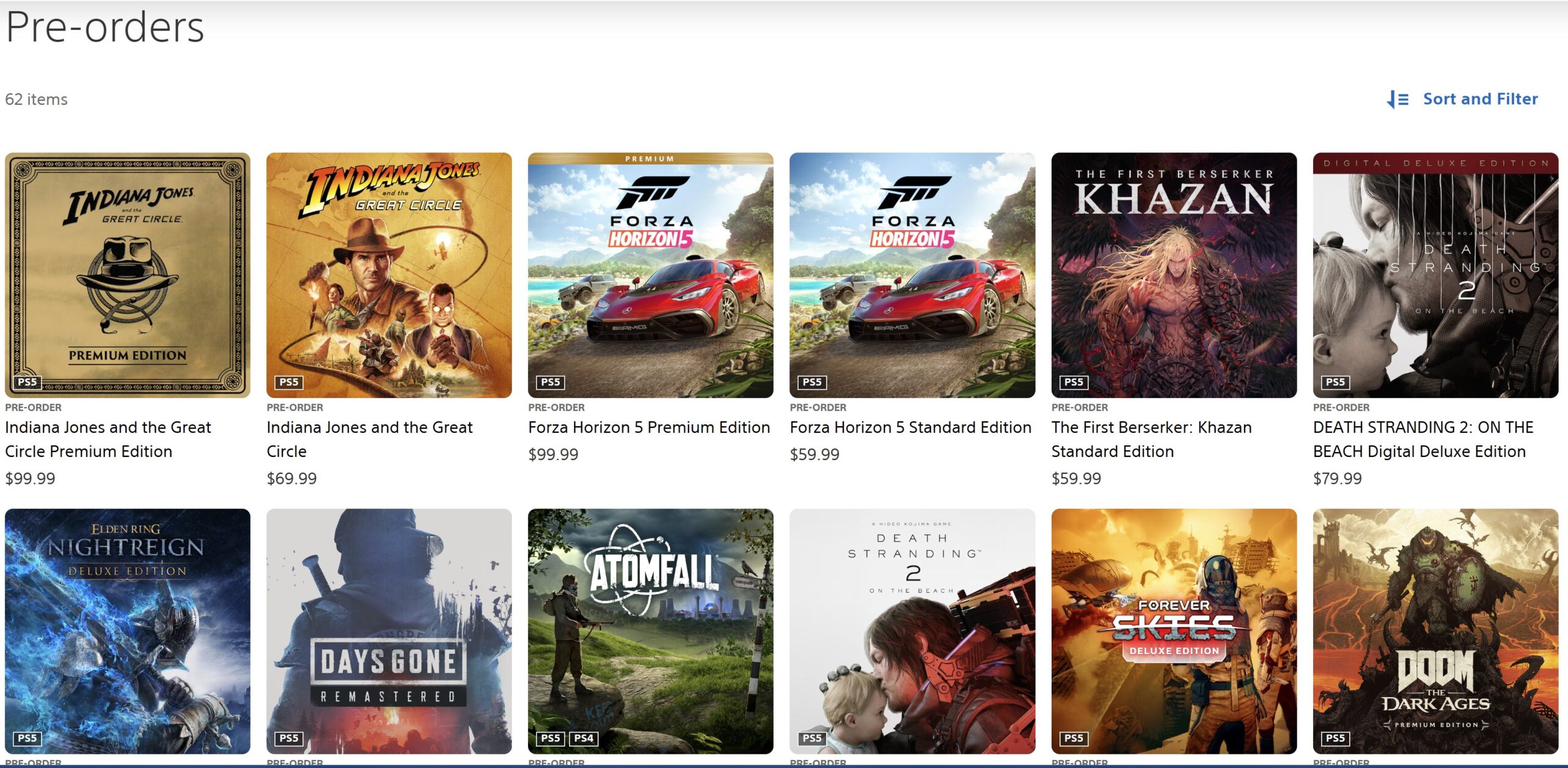
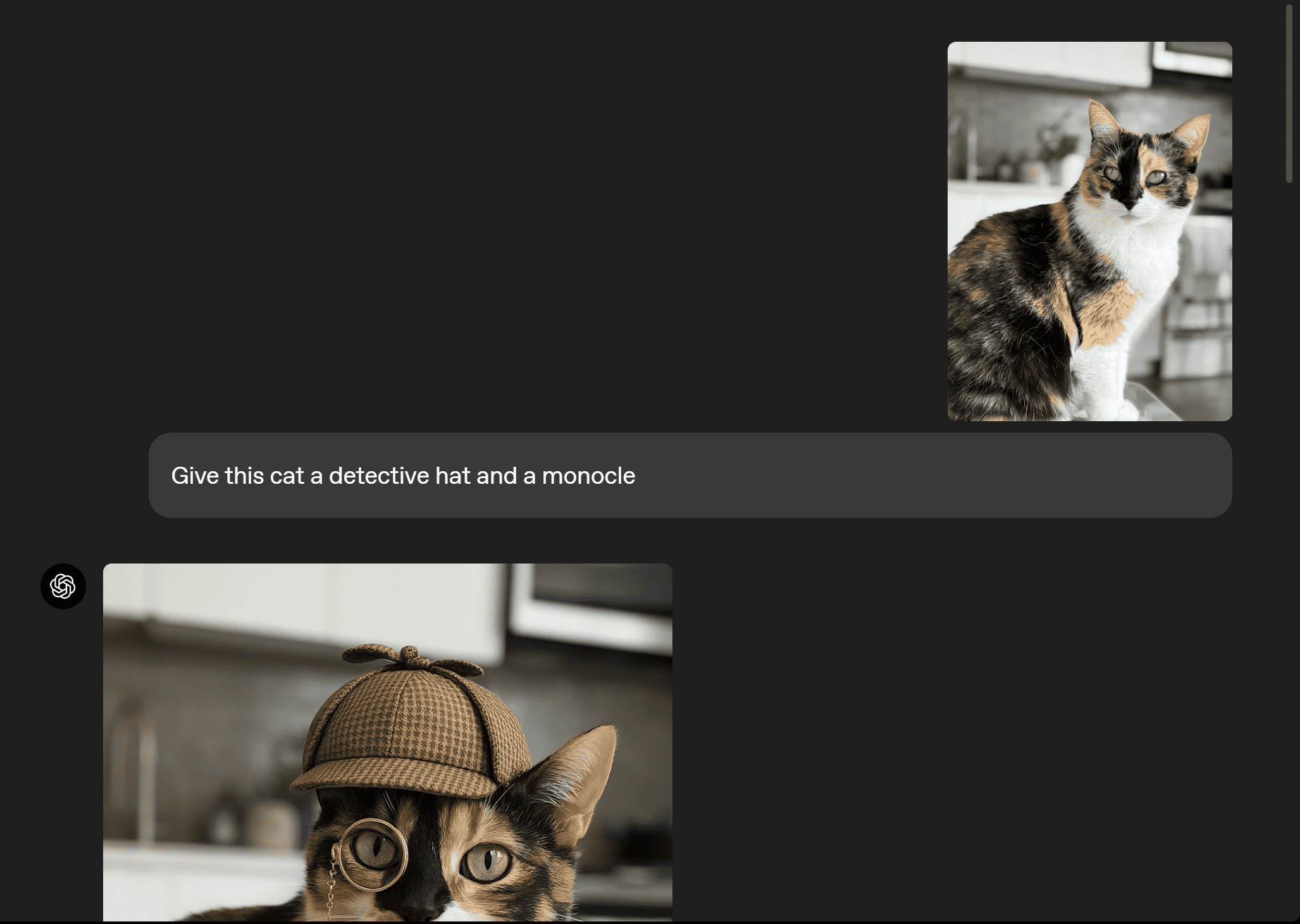
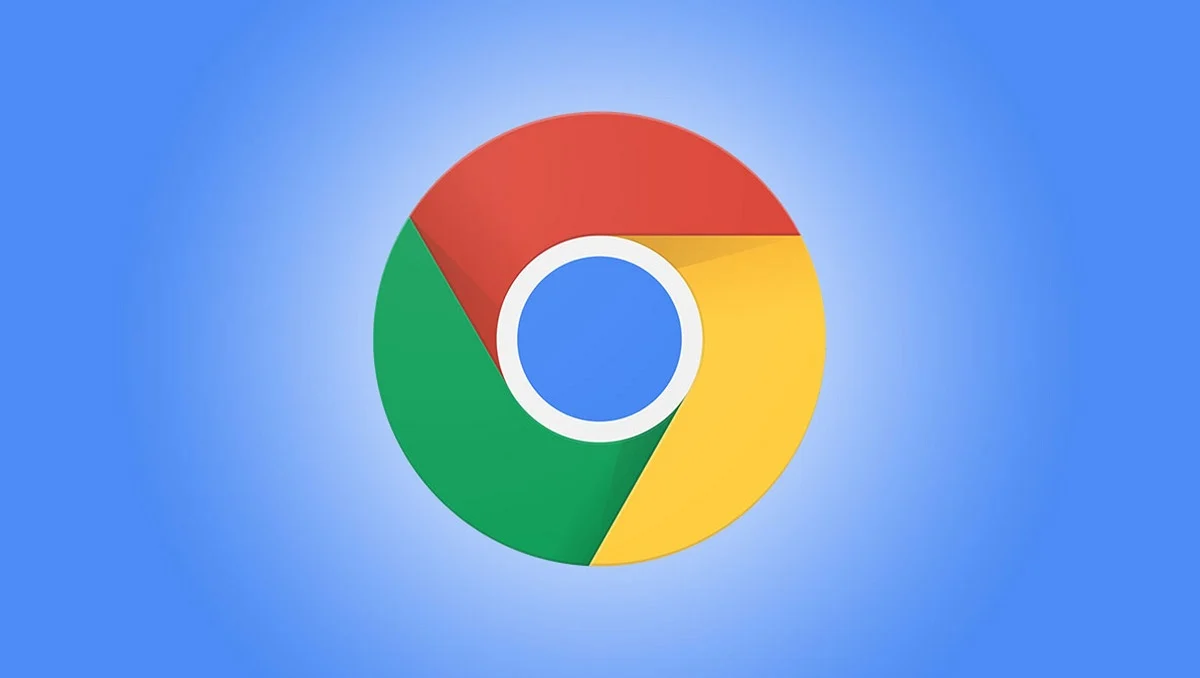
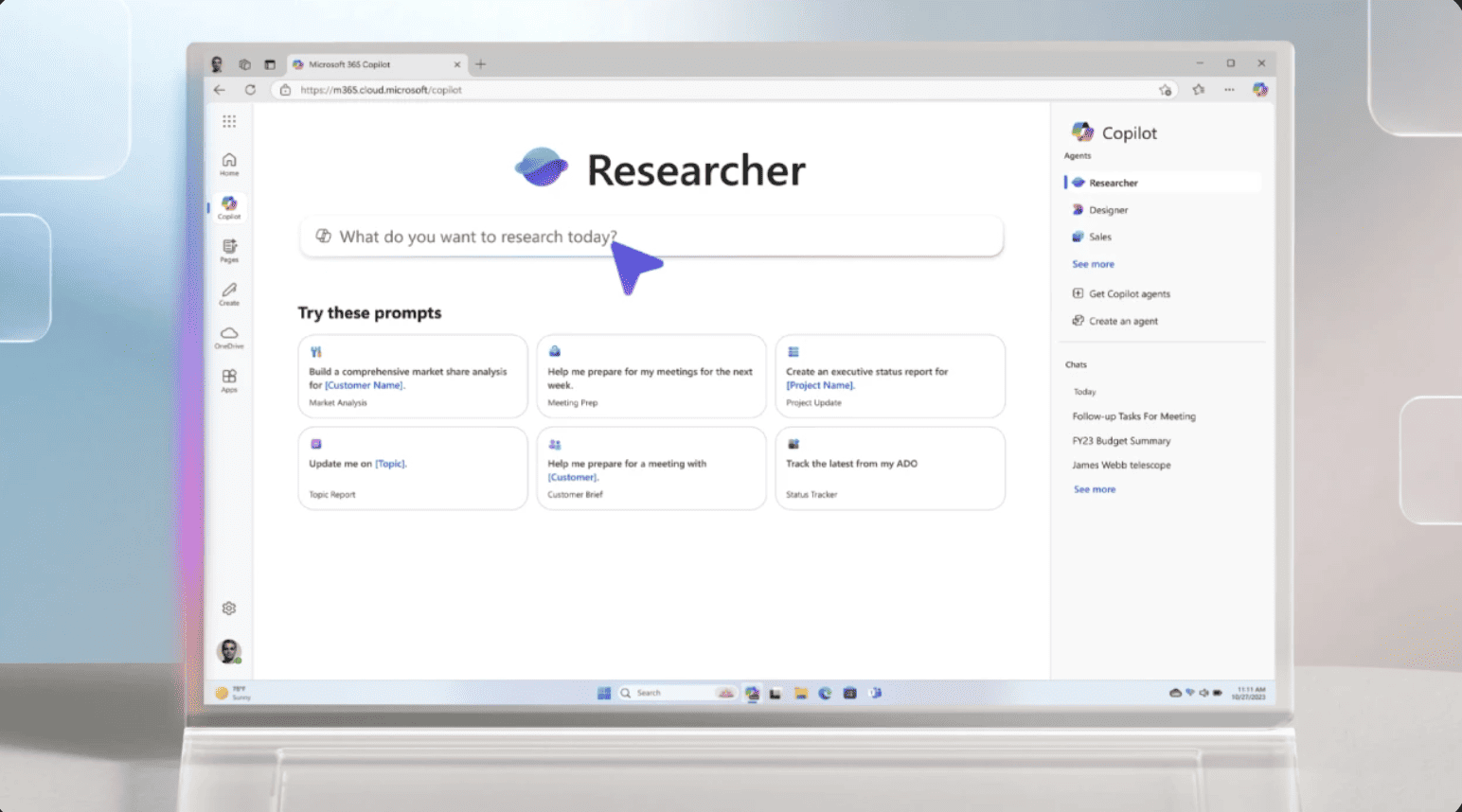
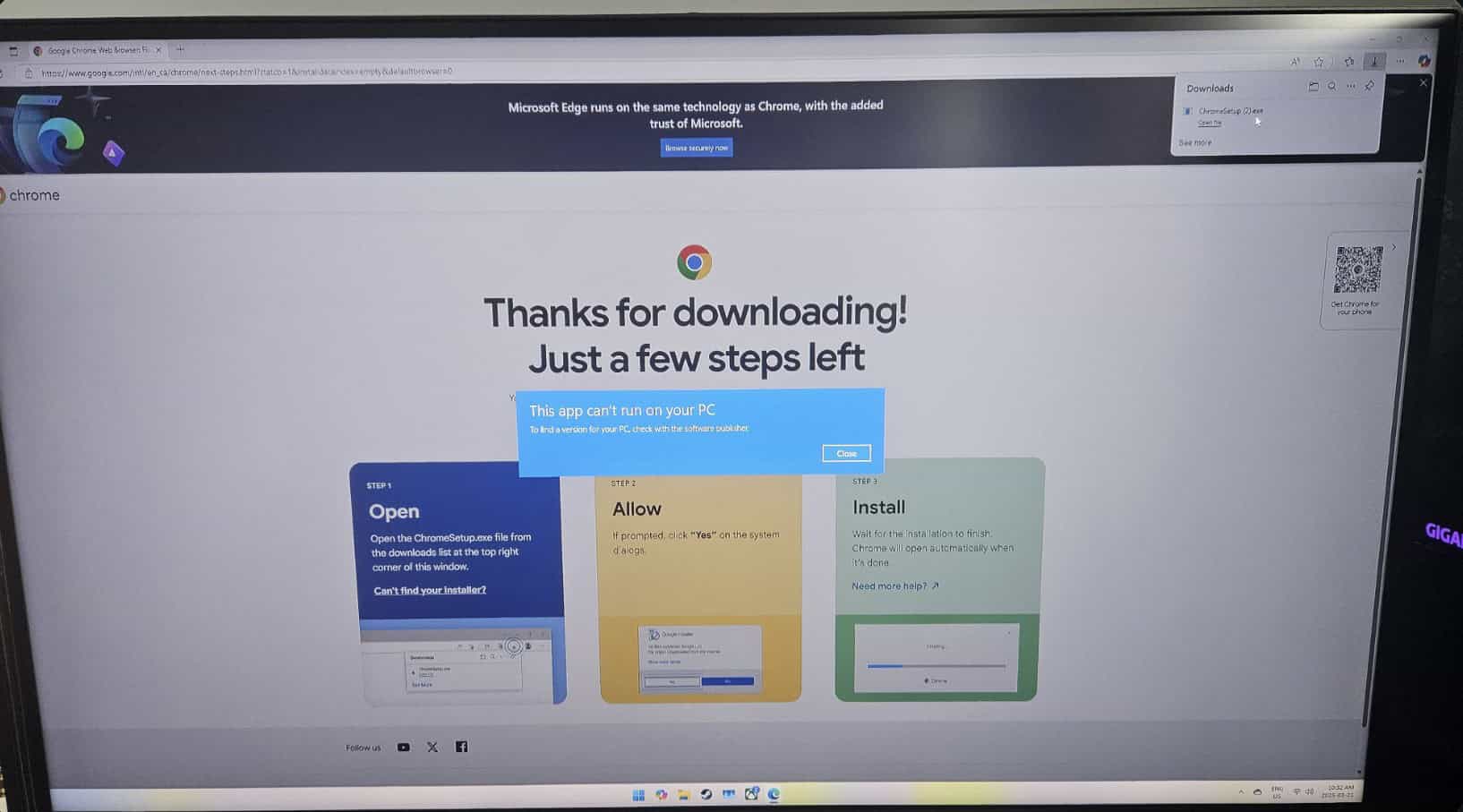
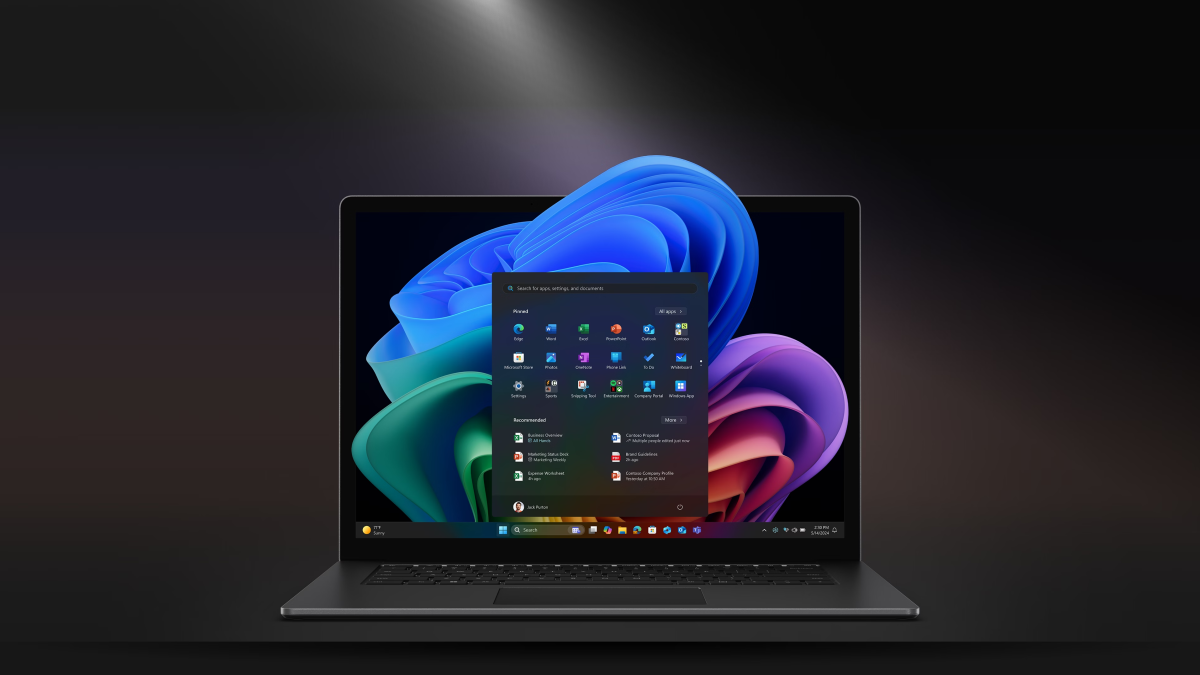
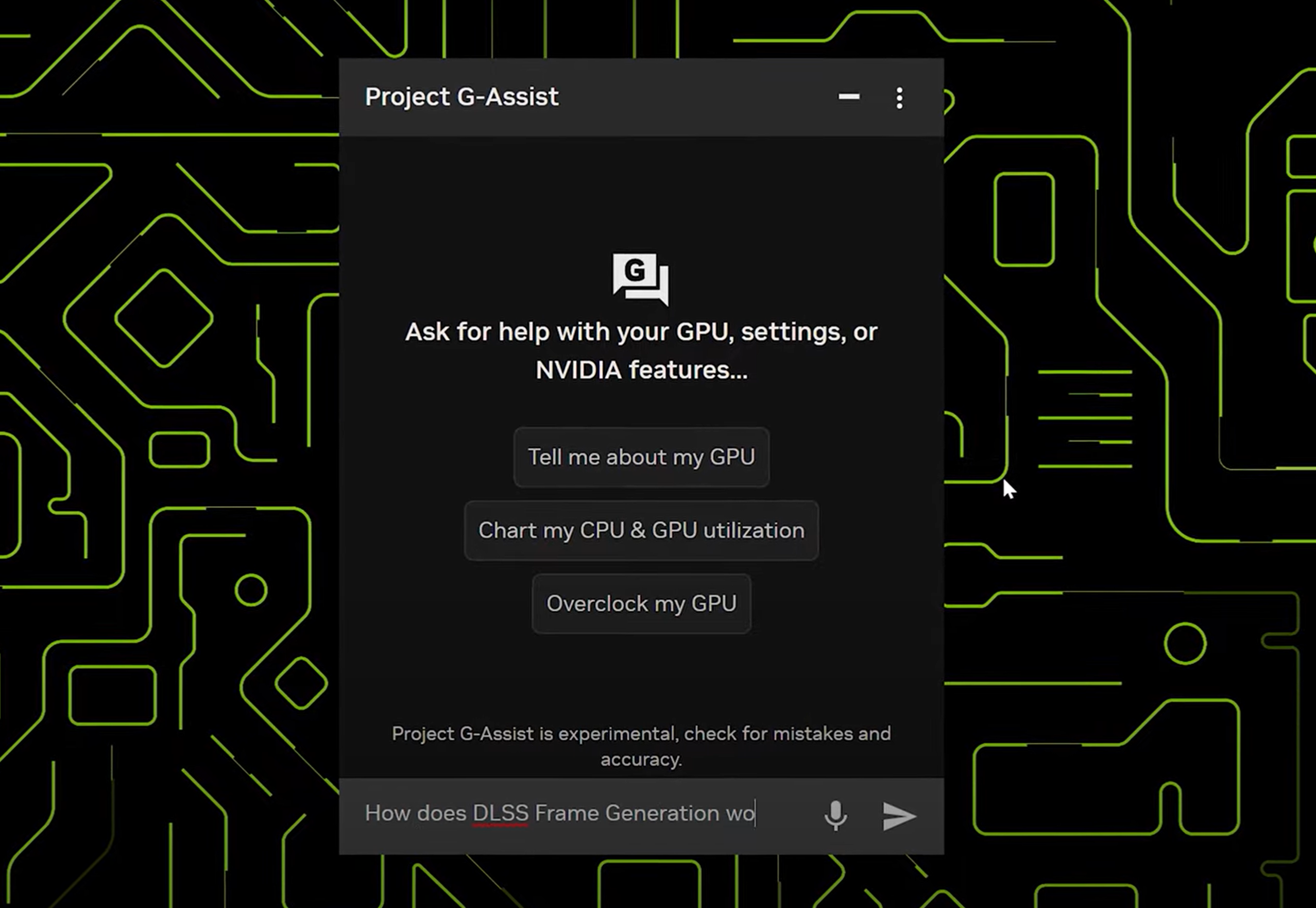
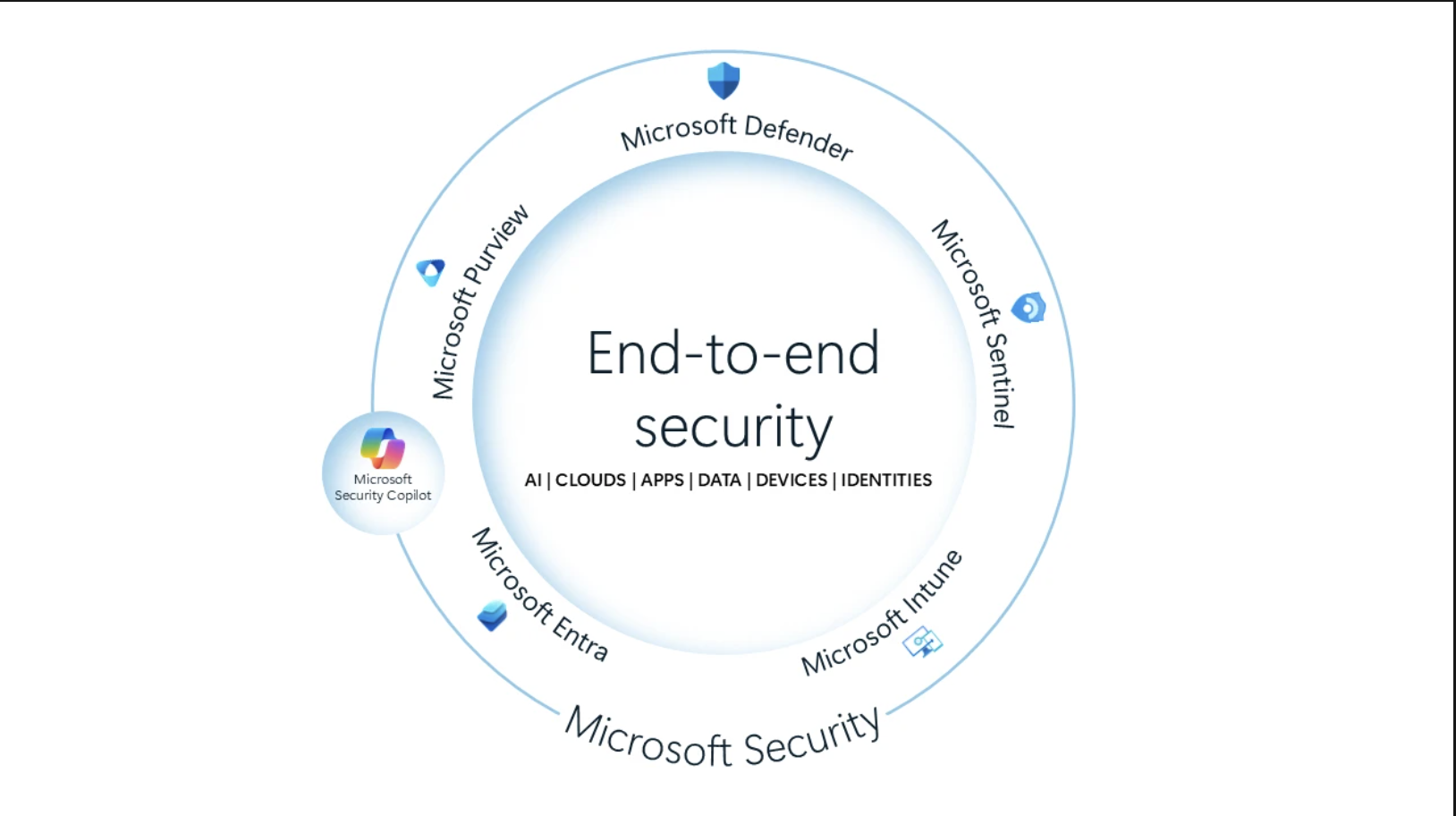
User forum
0 messages